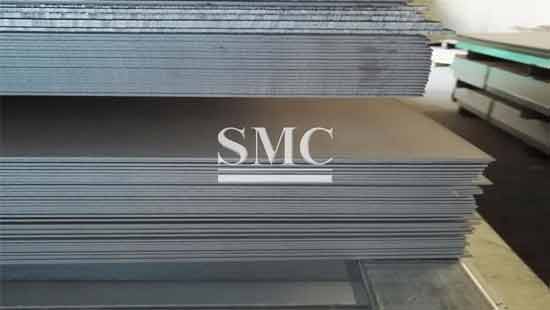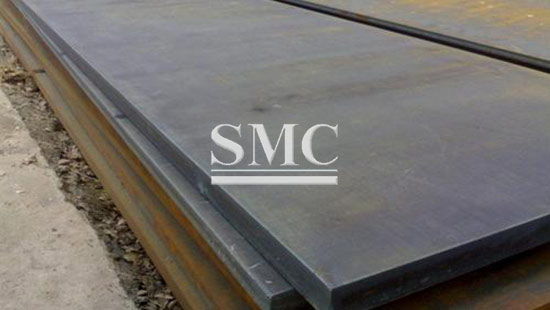At present, China’s steel industry is in the “post-to-capacity” era of supply-side structural reforms. The task of de-capacity is one of the main lines in the “three-going” mission. The steel industry is nearing the end of production capacity, and the space for later production is not large. . In the opinion of experts, the steel industry urgently needs transformation and upgrading to meet the requirements of China’s stable economic development.
In 2018, the reform of the supply side of the steel industry was further promoted. The “Blue Sky Defence War”, environmental supervision and special inspections continued to be carried out, effectively preventing the resurgence of “strip steel” and preventing the re-production of excess capacity that had been resolved. In addition to new production capacity violations, the supply-side reforms have been well maintained and consolidated. The steel industry is at a high level of prosperity.
According to the National Bureau of Statistics, in the first three quarters of 2018, domestic crude steel output was 699 million tons, up 6.10% year-on-year, with a growth rate of 0.20 percentage points lower than the same period of the previous year; domestic steel output was 821 million tons, up 7.20% year-on-year. The growth rate was 6.00 percentage points higher than the same period of the previous year. The capacity utilization rate showed an increasing trend, and the overall inventory did not change much. Due to factors such as de-capacity policies and environmental protection policies, steel prices fluctuated, but the overall operation remained at a high level, and exports declined year-on-year.
In terms of enterprises, the external business situation of iron and steel enterprises continued to improve, and the measures such as “reducing costs and increasing efficiency” and “optimizing product structure” that were continuously implemented by superimposed steel enterprises laid a good foundation for the substantial improvement of the profitability of iron and steel enterprises. According to the National Bureau of Statistics, total profit from ferrous metal smelting and rolling processing industry increased by 63.7% year-on-year in January-October 2018.

According to the joint credit research report, the steel industry and business operations have continued to improve since 2018, and the industry’s economic prosperity is at a relatively high level. As the steel industry’s production capacity is nearing its end, the capacity for de-capacity in 2019 and later is not large. In the future, it is necessary to continue to pay attention to the production capacity control policies issued by various regions in order to grasp the relevant policies to enhance and weaken the competitiveness of enterprises in the region. In addition, due to the demand for steel products in the downstream downstream, the demand for steel will decline moderately, and the demand for steel products will be limited. In 2019, the price of steel will not increase significantly, or it will stabilize. Therefore, accelerating the structural adjustment of steel products, improving the manufacturing process, and adjusting the industrial layout are the main aspects of the transformation and upgrading of iron and steel enterprises.
According to the “Steel Industry Adjustment and Upgrade Plan (2016-2020)”, during the “13th Five-Year Plan” period, the industrial concentration of the top 10 steel enterprises will be further improved. According to the target set by the State Council in the “No. 46 Document” issued by the State Council in 2016, 60%-70% of China’s steel industry’s output will be concentrated in about 10 large groups, including 80 million tons of steel groups. – 4-8, 40-8 million steel groups 6-8. Judging from the merger and reorganization situation, this round of mergers and acquisitions mainly relies on the leading enterprises with strong financial strength and obvious competitive advantages in the industry, which will help to enhance the concentration of the steel industry, promote the optimal allocation of industry resources, and ultimately guide the transformation and upgrading of the industry and health. development of. With the help of the relevant steel industry integration fund and the implementation of regional integration plans, the leaders of the steel industry will further enhance the ability to integrate high-quality production capacity and accelerate the merger and reorganization.

At present, the profit improvement of steel companies helps companies to repair their balance sheets to achieve the goal of reducing leverage. The China Iron and Steel Association proposed to achieve the goal of lowering the average debt ratio of the steel industry to below 60% through 3-5 years of efforts. This goal puts certain demands on steel companies to “hematopoietic” and sustained profitability.
In the opinion of experts, the steel industry is in urgent need of transformation and upgrading due to the structural imbalance of supply and demand, the proliferation of low-end products, and the dependence of high-end products on imports, in order to meet the requirements of China’s stable economic development. Therefore, accelerating the structural adjustment of steel products, improving the manufacturing process, and adjusting the industrial layout are the main aspects of the transformation and upgrading of iron and steel enterprises, including promoting the development of steel products to the middle and high-end, developing intelligent manufacturing, and gradually exploring and forming the whole industry to be promoted and replicated. The new mode of intelligent manufacturing, speeding up the popularization of advanced energy-saving and environmentally-friendly process technology and equipment, upgrading the green development level of the steel industry, and achieving sustainable development. In addition, relevant parties must pay attention to the capacity replacement review, and it is strictly forbidden to increase steel production capacity for any reason. It has provided strong policy support for the further transformation and development of iron and steel enterprises.
Looking forward to 2019, experts believe that the steel industry’s late-stage demand is limited, or it will decline moderately, steel prices may be affected by seasonal factors and demand, and return to a reasonable range, steel companies’ profit margins may narrow; The geographical advantages of the coastal areas and other regions with prominent geographical locations, high-end products, high environmental protection, low capital costs, and accelerated “lower leverage” will further enhance the competitiveness of the steel companies, and their ability to resist risks will be further enhanced. Enterprises with heavy weight, weak profitability, high short-term debt ratio, large debt redemption, and lack of financing channels need to focus on. On the whole, the steel industry is expected to remain stable throughout the year.
Guest contributors are welcome at the Alloy Wiki.It is a weekly wiki and guide on alloy information and processing technology, while also about the vast array of opportunities that are present in manufacturing. Our team of writers consists of a Machining Material Supplier / Machinist / Tool and Die Maker, a Biomedical Engineer / Product Development Engineer, a Job Development Coordinator / Adjunct Professor, and a President and CEO of a manufacturing facility.
Link to this article:Increased Risk Resistance of Superior Enterprises in the Steel Industry
Reprint Statement: If there are no special instructions, all articles on this site are original. Please indicate the source for reprinting:Alloy Wiki,thanks!^^


